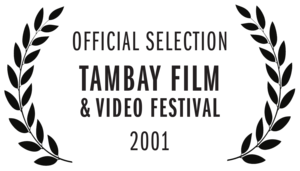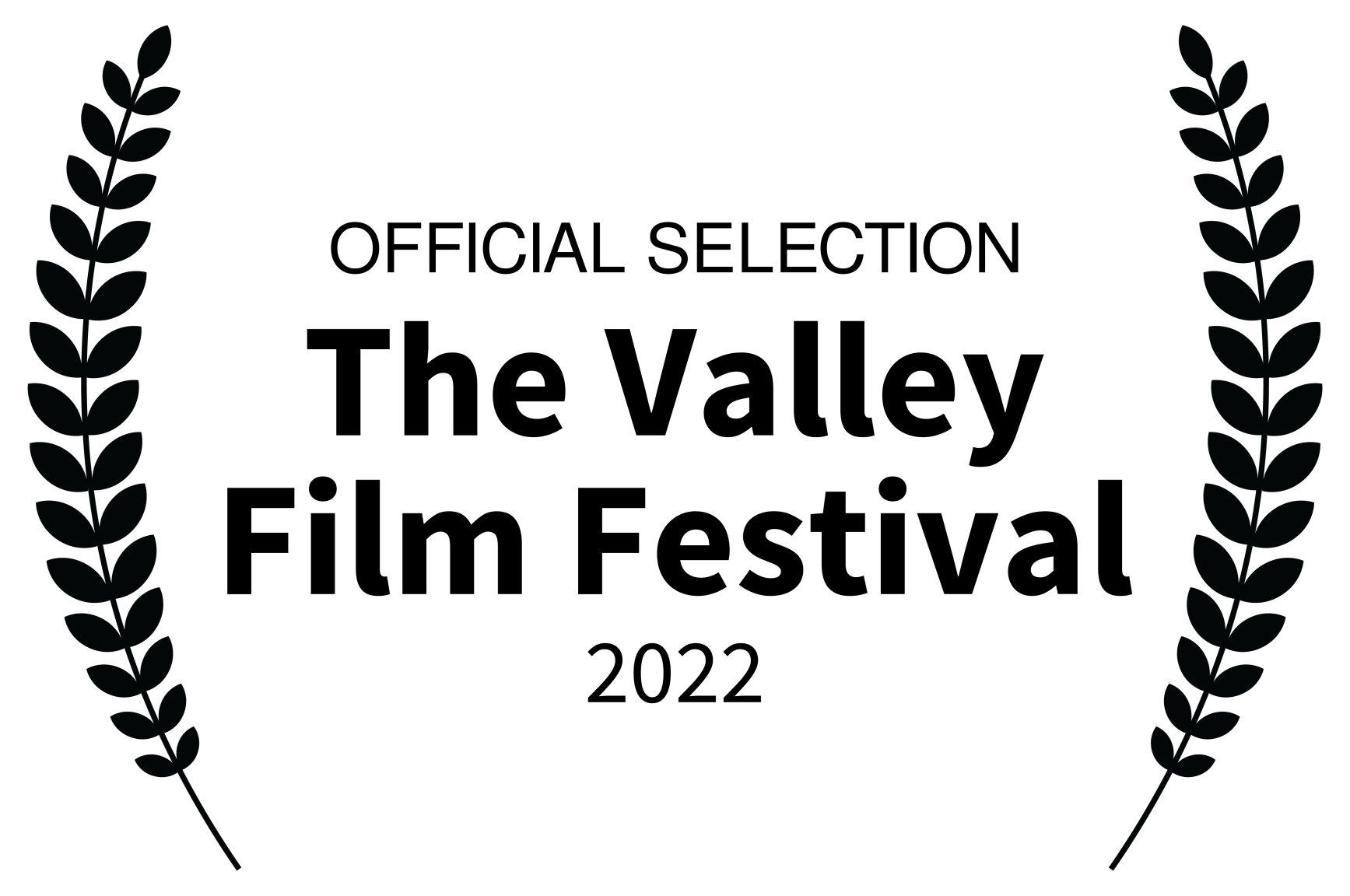Life-Changing Charts
/Building on last week’s post, here’s more on why scheduling and budgeting is crucial. To illustrate, let’s dive into a couple of days out of my own composing life. With the help of some handy-dandy charts. What am I doing well? And, more importantly, where can I improve?
First, consider the following chart:
These are my actual time expenditures from a recent Wednesday (I kept a schedule—which accounted for about 15 of those 145 “admin” minutes).
Some quick points and explanations:
1. Notice that I got my eight hours of sleep… which is maybe even more important for me than it is for most people. I need my sleep.
2. Four hours of composing. Weak. But take another look: that also means that precisely half my day was spent doing other stuff. Half!
3. By far the worst offender here is my time spent on the web. That 150 minutes includes what I call “checking my vitals”: Surfing my favorite news sites (Industry and otherwise); Facebook, Twitter, Instagram, Pinterest et al. It also includes some goof-off stuff: I downloaded and worked the New York Times Crossword, then spent fully 20 minutes researching a trip out of the country on Expedia. It’s going to be a fun trip, but if I don’t get a little more strict about my daily schedule, I’m never gonna pay for it.
4. The second-biggest of the “other stuff” pie slices is admin: researching gear, paying bills, doing show paperwork, prepping the to-do list for my assistant and powering up the studio rig (twice! It crashed in the afternoon).
5. Next biggest slice is meals. That leisurely lunch was brutal on my schedule.
6. The 110 minutes for breaks includes phone calls with family and friends, as well as a lot of ear-breaks and general staring out the window (which I considered counting as part of my composing time—part of my process is to step away from the computers and listen inside my head every now and again). Nice to be able to make those calls, but it’s a distraction. Not only does it eat up time on its own, but it requires even more time to get back into the flow of writing and recapture my ideas, my pace… everything. A better method is to schedule your correspondence and stick with it.
Taken all in all, there’s quite a bit of room for improvement, no? Entering it into a database and generating a handy pie-chart is something I recommend you do for yourself, just to be able to manipulate the information easily… and take the panic and dread out of making changes.
Now let’s consider this chart, which depicts a very different sort of day.
Look at that big black slice of composing time, will you? It’s just beautiful. When you hear about people doing 12 hour workdays, this is what they have to do to pull it off. Most of them aren’t getting eight hours of sleep, of course, but if you choose to, here’s a pie chart that represents how much time you’ll have for everything. More notes:
1. Twelve hours of writing—! It’s like a miracle.
2. Meals now occupy the single largest block of non-sleep, non-composing time. I’ve sliced only a third of that meal time away. Eating too fast = indigestion = distraction = net time loser. Take your time… chew your food.
3. Huge time reductions in the following categories: Web (now down to a positively anorexic 15 minutes); Admin (handing off most of these chores to my assistant); Breaks. You can maintain your social media presence with automated posts for chunks of time using a service like Hootsuite; I recommend it highly, especially if you can see the time-crunch coming in advance.
4. Everything else is reduced, too… and errands are down to five minutes. I’ve chosen to delegate ’em to my assistant along with the Admin stuff. This is why assistants end up doing things like picking up dry cleaning, btw.
5. None of my categories is completely eliminated. I still have time (even if it’s only a few minutes) to be a human being. In other words, for all its strictures, this is a realistic schedule.
Realistic or not, though, Win-Day may not be the right fit for you. If you’re working from home while managing a family and a day job, I can’t imagine that this kind of schedule would be the norm. But you can see how a few minutes here and there make a difference—and redefining the role of, say, your social media for a few days can free up a substantial chunk of time for writing.
One more very important point here: If you haven’t built up your “writing muscles” by writing a little longer… and a little longer… each day, that 12 hours at the computer (or piano, or guitar, or wherever you do what you do) is simply wasted time. You’ll end up staring into the middle distance for 15, 20 minutes at a stretch, wondering why the Muse is so stingy. And you’ll come off flat and uninspired for days afterward. You have to work up to this kind of output. Consistently. If you’re a full-time writer in constant demand, that’s not an issue. Otherwise, be warned—it requires a certain willingness to detach from the world. That’s difficult to do at first.
This pie chart is probably wrong for you. But I think there’s value in considering it, anyway… and even more value in making your own. It’s all just Time Management 101, sure… but it’s also about actually doing it. I think being able to visualize the actual shape and effect of the changes helps. As a motivator, and as a tool for finding precisely where to make your scheduling “budget cuts.”






















































































































